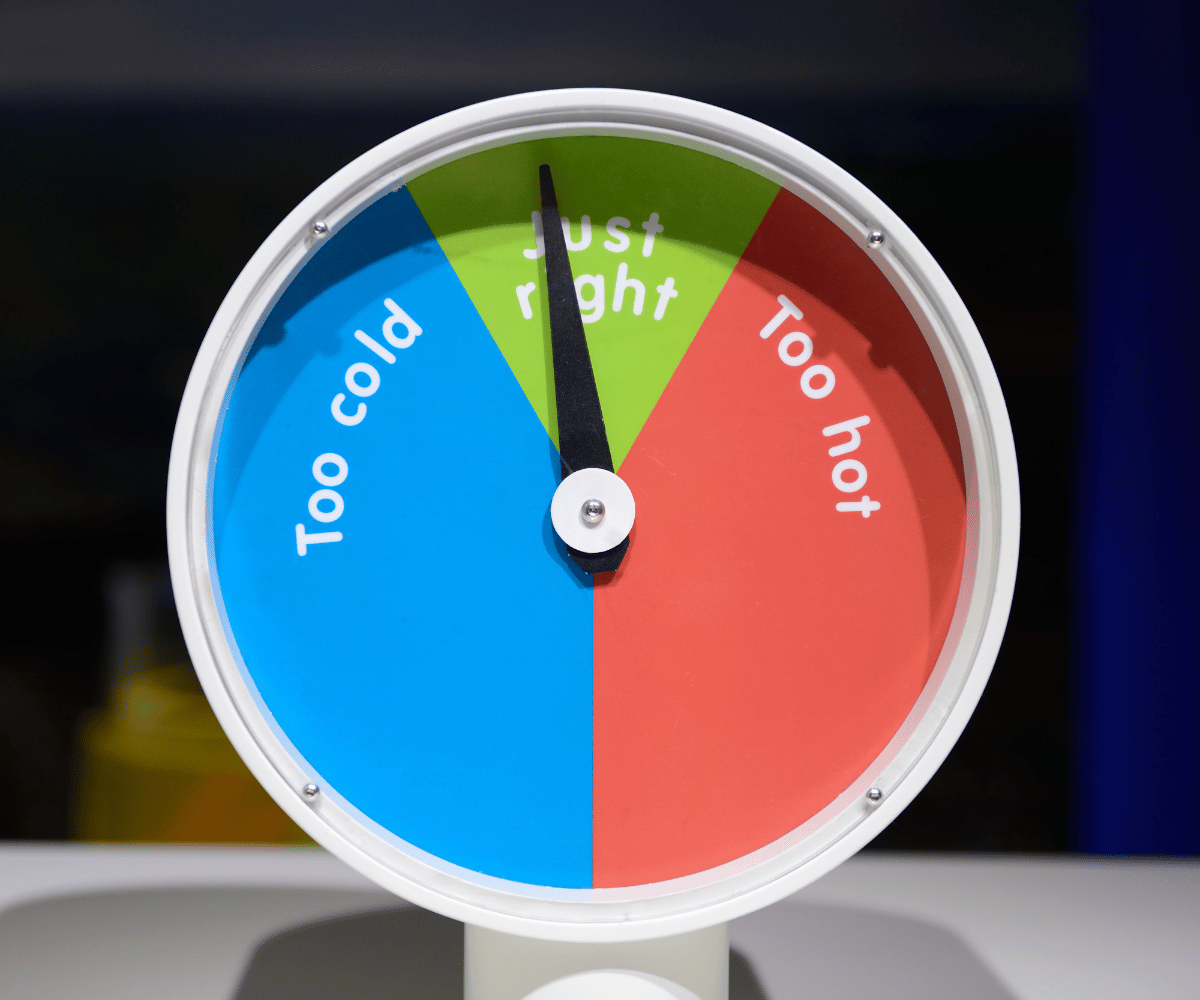The Importance of Room Temperature for Sleep: A Scientific Perspective

Sleep is a vital component of human health, influencing everything from cognitive function to physical well-being. Among the various factors affecting sleep quality, room temperature plays a crucial role. Scientific studies have shown that the ambient temperature of a sleeping environment can significantly impact the ability to fall asleep, stay asleep, and the overall quality of sleep. This article delves into the importance of room temperature for sleep, supported by scientific research.
The Science of Sleep and Temperature
Human sleep patterns are regulated by the circadian rhythm, a biological clock that orchestrates various physiological processes, including body temperature regulation. The body’s core temperature naturally decreases during the evening, reaching its lowest point in the early morning hours, which facilitates the onset and maintenance of sleep.
Optimal Room Temperature for Sleep
Research indicates that the optimal room temperature for sleep typically falls between 15.6 to 19.4 degrees Celsius (60 to 67 degrees Fahrenheit). This range supports the body's thermoregulatory processes, promoting the natural decline in core temperature that facilitates sleep. When the room temperature is too high or too low, it can interfere with this process, leading to disrupted sleep patterns.
Effects of High Room Temperatures
High room temperatures can prevent the core body temperature from dropping, making it difficult to initiate and maintain sleep. A study published in the journal Sleep Medicine Reviews found that elevated ambient temperatures can lead to increased wakefulness and decreased slow-wave sleep, which is essential for physical and mental restoration . Furthermore, high temperatures can cause discomfort, sweating, and dehydration, further disrupting sleep quality.
Effects of Low Room Temperatures
Conversely, excessively low room temperatures can also be detrimental to sleep. Cold environments can cause the body to expend energy to maintain its core temperature, potentially leading to frequent awakenings and reduced sleep efficiency . A study in the Journal of Physiological Anthropology reported that cooler temperatures, when not excessively cold, tend to improve sleep quality by aligning with the body's natural thermoregulatory needs.
Personal Comfort and Individual Differences
While the general recommended range for sleep temperature is between 15.6 to 19.4 degrees Celsius, individual preferences and conditions can vary. Factors such as age, gender, and personal comfort preferences play a role in determining the ideal sleep environment. For example, older adults may prefer slightly warmer temperatures due to changes in thermoregulation associated with aging.
Practical Recommendations
To optimize sleep quality through temperature control, consider the following practical tips:
- Thermostat Adjustment: Set the room thermostat within the optimal range of 15.6 to 19.4 degrees Celsius.
- Bedding Choices: Use breathable, moisture-wicking bedding materials to prevent overheating.
- Sleepwear: Choose lightweight, breathable sleepwear that allows for natural temperature regulation.
- Ventilation: Ensure proper room ventilation to avoid stuffiness and promote air circulation.
- Cooling Devices: Utilise fans or air conditioning during warmer months to maintain a comfortable sleep environment.
- Heating Devices: Use space heaters or heated blankets cautiously during colder months, ensuring they do not overheat the sleeping area.
Conclusion
Room temperature is a critical, yet often overlooked, factor in achieving quality sleep. Maintaining an optimal sleep environment by regulating room temperature can significantly enhance sleep quality, promoting overall health and well-being. By understanding the science behind temperature regulation and sleep, individuals can make informed choices to create a conducive sleep environment tailored to their personal needs.
References
- Refinetti, R., & Menaker, M. (1992). The circadian rhythm of body temperature. Physiology & Behavior, 51(3), 613-637.
- Kräuchi, K., & Deboer, T. (2010). The interrelationship between sleep regulation and thermoregulation. Frontiers in Bioscience, 15, 604-625.
- National Sleep Foundation. (2020). What is the best temperature for sleep?
- Raymann, R. J., Swaab, D. F., & Van Someren, E. J. (2008). Skin deep: Enhanced sleep depth by cutaneous temperature manipulation. Sleep Medicine Reviews, 12(5), 424-436.
- Okamoto-Mizuno, K., & Mizuno, K. (2012). Effects of thermal environment on sleep and circadian rhythm. Journal of Physiological Anthropology, 31(1), 14.
- Romeijn, N., & Van Someren, E. J. (2011). Correlated fluctuations of heart rate and body temperature reveal their parasympathetic nature. Journal of Physiological Anthropology, 30(1), 15-20.
- Van Someren, E. J. (2000). Circadian and sleep disturbances in the elderly. Experimental Gerontology, 35(9-10), 1229-1237.
-
Posted in
article, beauty sleep, circadium, hibern8, mental, physical, recovery, sleep, sleep aid, Sleep behaviour, sleep problem, sleeping pill, sleeping tablets, Temperature, Too cold, Too hot, wellness







